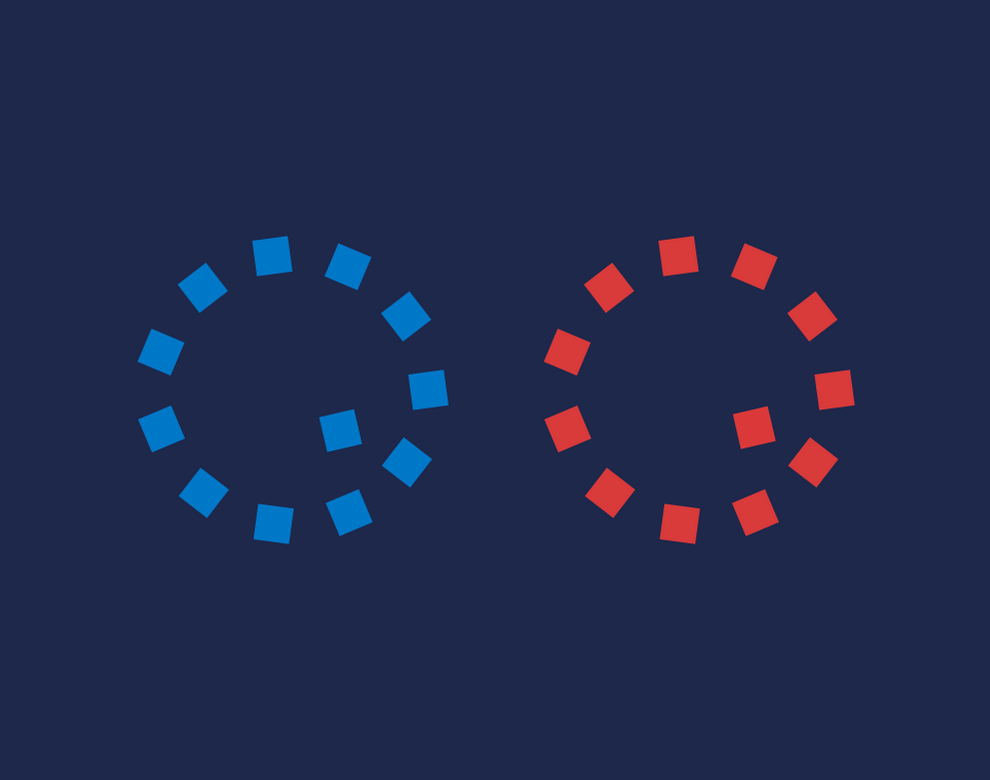Open Accounting: On the other side of Open Finance for commercial lenders
Google "Open Finance" and you’ll be flooded with info on Open Banking. Rightly so.

The ‘opening up’ of UK banks’ customers’ data in 2018 was a watershed moment on the journey to Open Finance – the future idyll where banks and lenders have access to a complete range of data on their borrowers, enabling them to understand trends, save risk and build better, more bespoke services.
In the five years since, banks, lenders and fintechs have launched a raft of time-saving, risk-saving and value-added technologies using Open Banking data. Today, our experience of finance services – how we apply for accounts, how we verify borrower data and more – starts with digital, thanks in large part to Open Banking.
But Open Banking is only half of the ‘Open Finance’ story so far. Open Accounting is the other. Less understood; less popular; equally powerful.
It’s the combination of the two – Open Accounting with Open Banking – that helps business banks and lenders to unlock the full power of Open Finance in 2023.
Better together
Open Banking enables lenders to view information on a client’s bank account – ownership, account type and status, and more – and payment transactions in and out. It’s the source of truth and proof for lenders – the place to review client behaviour and find evidence of fraud.
But Open Banking data is one-dimensional. To be useful, it requires interpretation. That’s where your skills as a lender come in, and where Open Accounting delivers knockout value.
Open Accounting provides lenders with access to the data in clients’ online and offline accounting systems. In doing so, Open Accounting untangles the complexity of clients’ banking data and tells the story played out in their payments.
Even the smallest borrower businesses use multiple bank accounts and sell to customers with a range of risk profiles. Accounting data provides lenders with an interpretive layer to understand what’s going on in their clients’ finances and inform their lending decisions.
Open Accounting data is more malleable and subjective than banking data. But this is limited by the fact that the data is delivered straight from source. Lenders don’t need to ask for the data; clients don’t need to send it.
Looking both ways
While banking data looks backwards – payments made, collections received – accounting systems are designed for looking backwards and forwards. This is why clients make plans in their accounting system and not their bank accounts.
Open Accounting data makes clear borrowers’ behaviours, personality, intentions and commitments, all of which can be verified by their banking data. This way, lenders can use accounting records to understand the personality of their client’s business; to spot early signs of distress and fraud; and to see when their circumstances are changing.
There’s more. Most lenders will know that Open Banking can be used to post instructions and information to client bank accounts. Less well known is that the same can be done with Open Accounting. Lenders using the Dancerace OS, for example, can post payments and charges back to their clients’ Xero accounting system to save their borrowers’ time and effort. This will soon be possible with many other online accounting systems.
The Open Accounting opportunity
Open Accounting isn’t new; arguably, the practice has existed since users could export data from their accounting systems, and some UK lenders have been extracting data directly from their clients’ accounting system for nearly two decades. But the fact that Open Accounting is the less well understood and less widely practiced form of Open Finance is an opportunity for business banks and lenders. The next lenders to incorporate it into their operations will still benefit from an early-mover advantage – but time is running out!